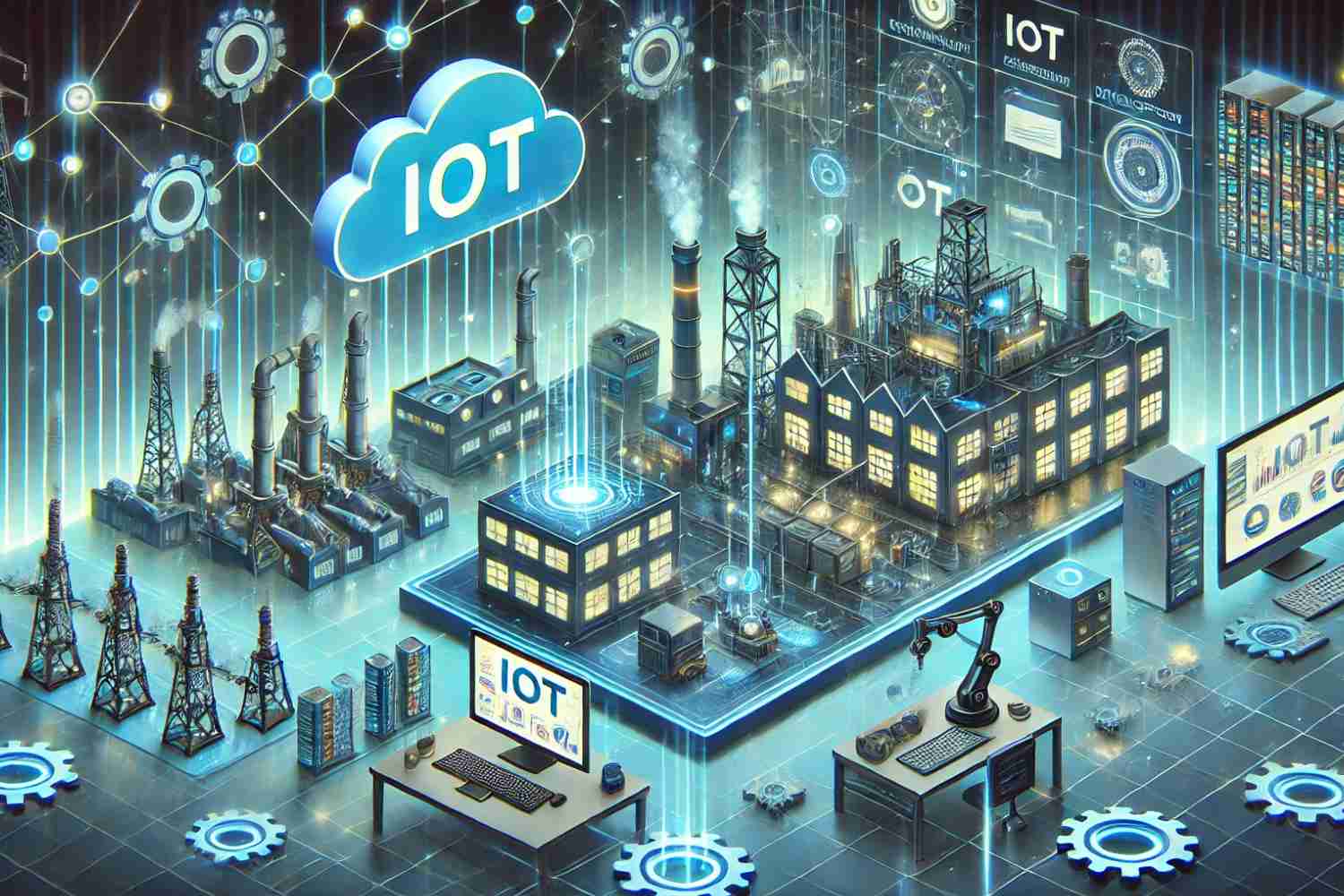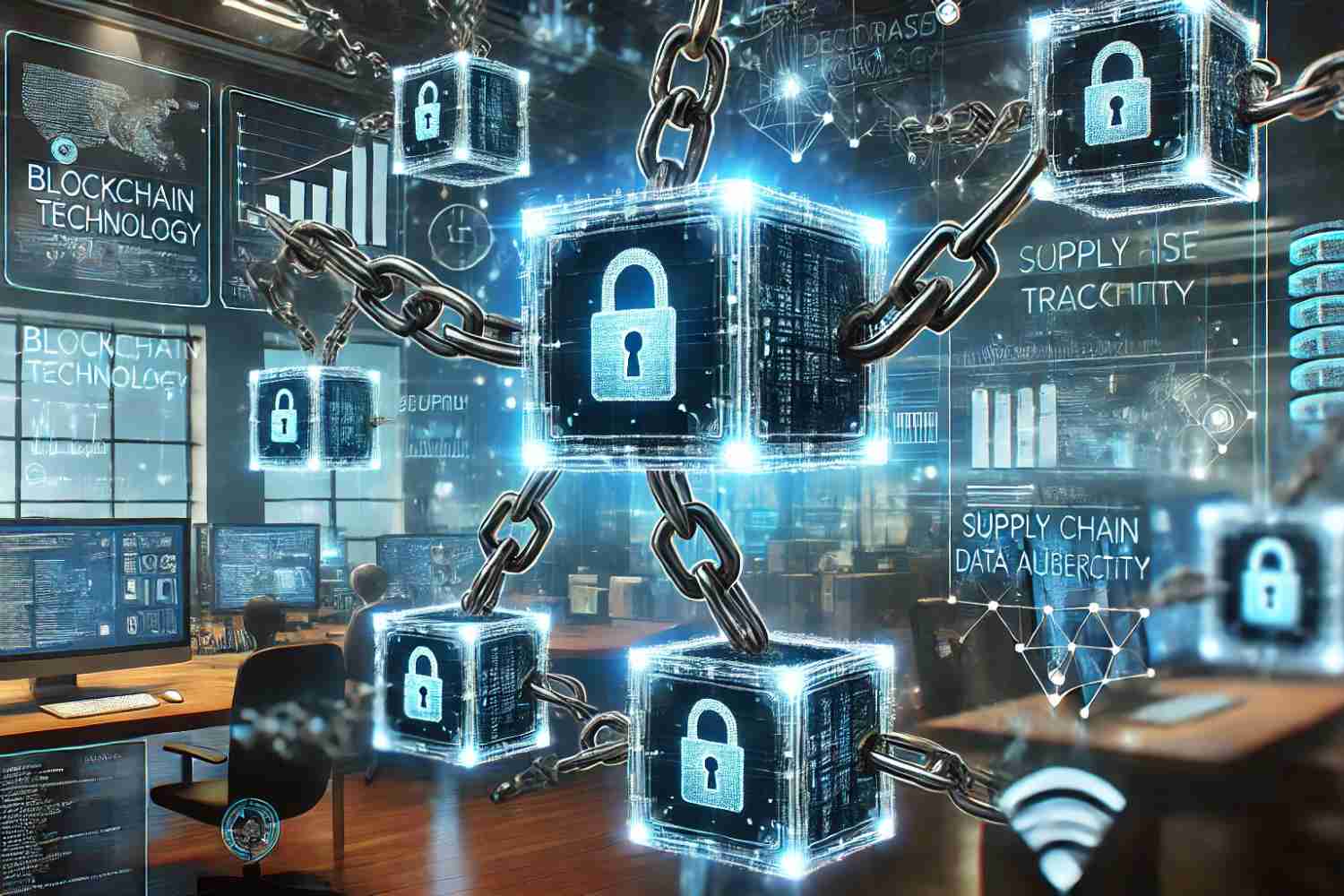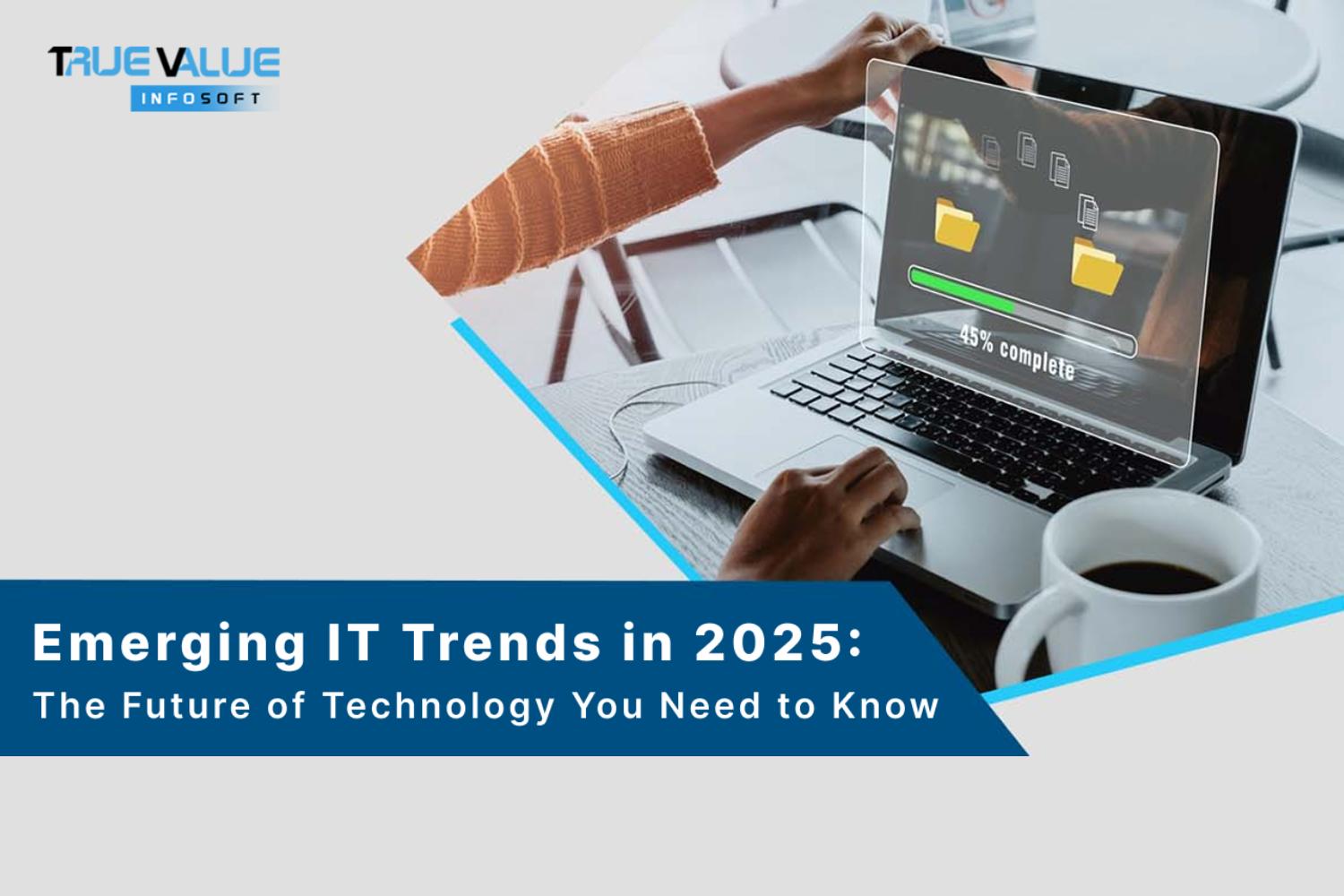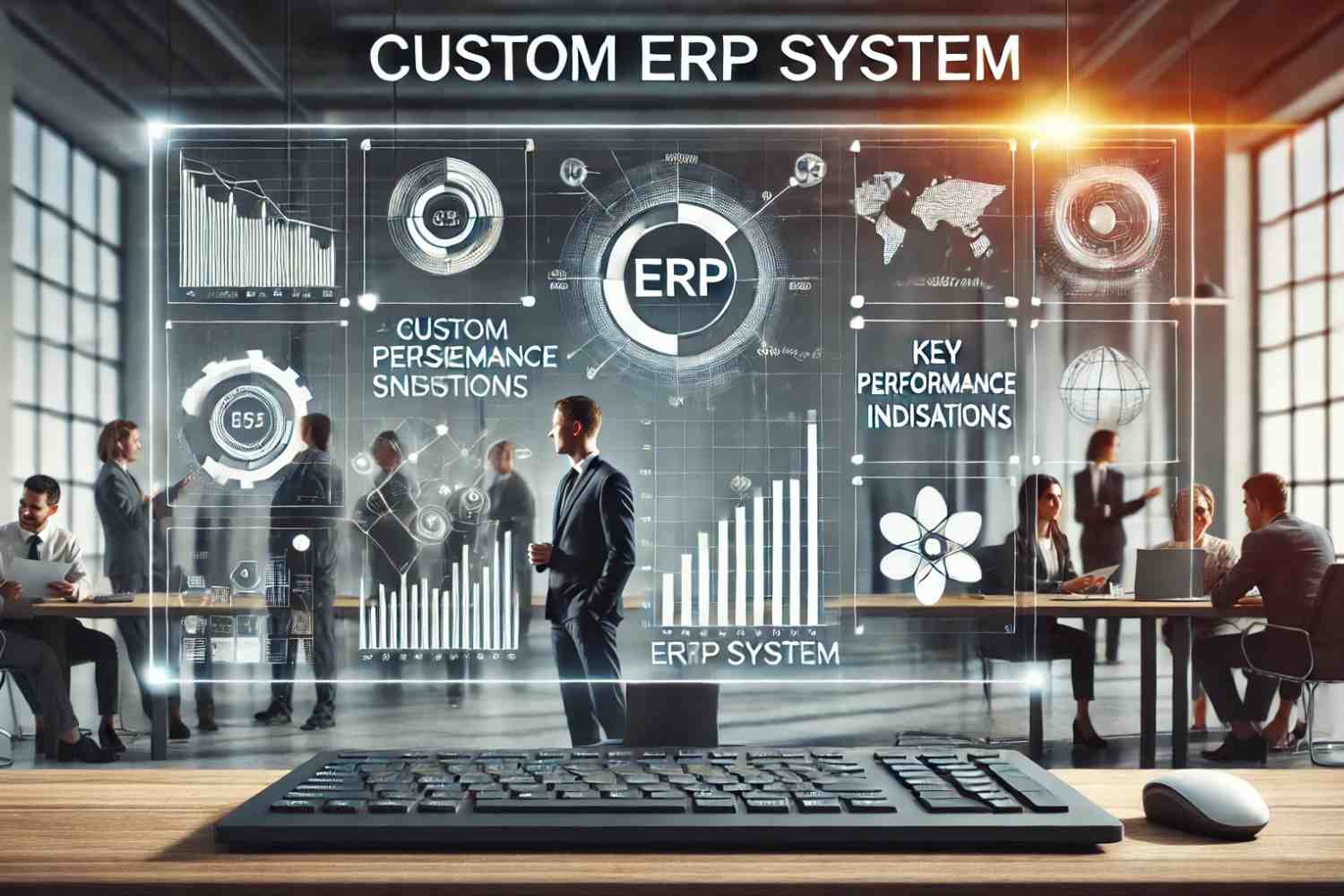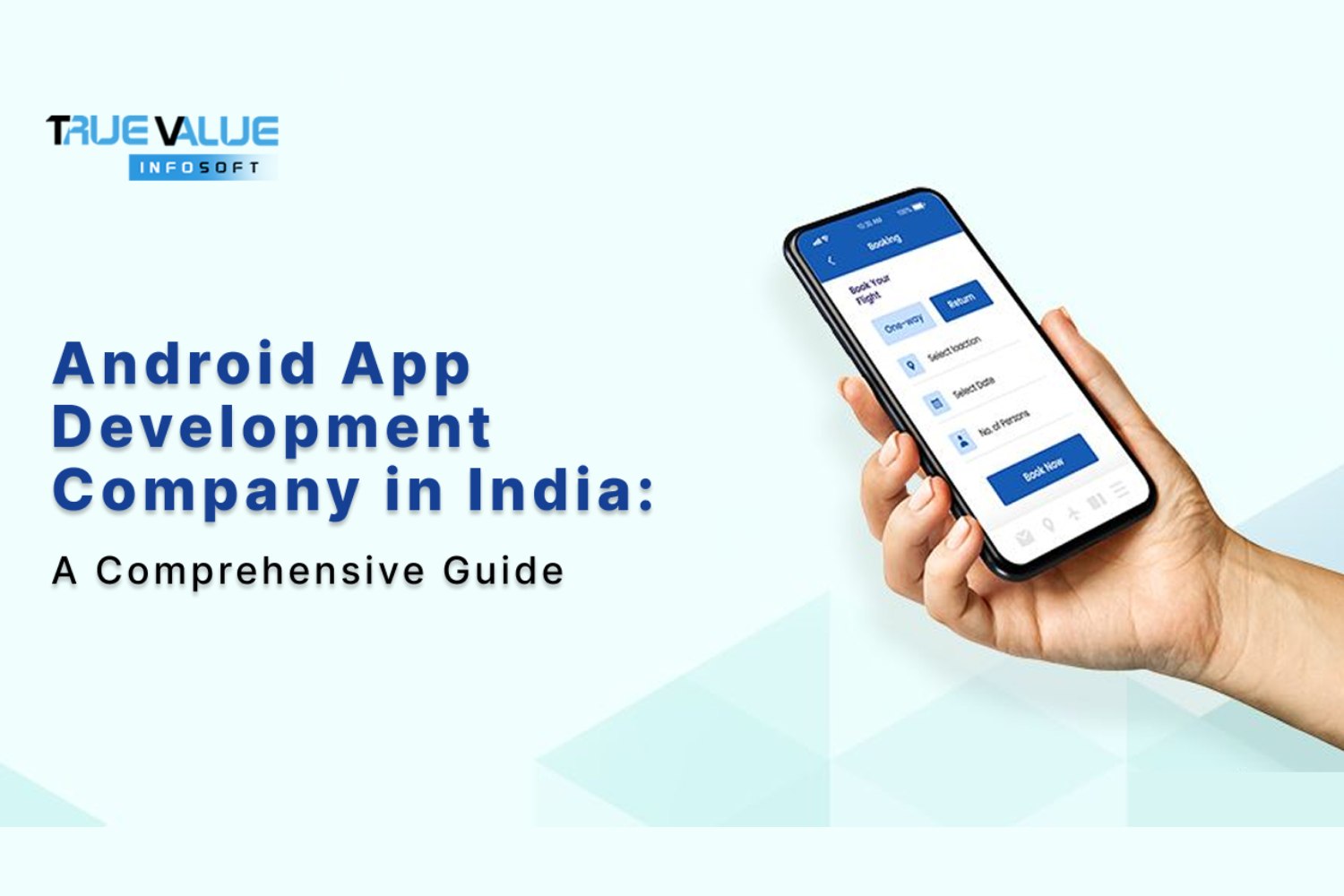The Internet of Things (IoT) is rapidly reshaping industries across the globe, driving innovation, enhancing operational efficiency, and providing valuable insights into business processes. From manufacturing to healthcare, IoT enables businesses to connect devices, sensors, and machines to a network, allowing for data collection and real-time decision-making. As IoT technology continues to evolve, its impact on IT development is undeniable, presenting endless possibilities for businesses to optimize operations, improve customer experiences, and unlock new revenue streams.
The Internet of Things (IoT) is revolutionizing industries by enabling interconnected devices to collect and analyze data, leading to enhanced efficiency and innovation. In manufacturing, IoT facilitates predictive maintenance, reducing downtime and operational costs. In healthcare, wearable IoT devices monitor patient health in real-time, allowing for proactive medical interventions. The agriculture sector benefits from IoT through smart sensors that monitor soil conditions, optimizing irrigation and crop yields. In Jaipur, True Value Infosoft stands out as a premier IT company, delivering high-end solutions across various sectors.
What is IoT and Why Does It Matter?
IoT, or the Internet of Things, refers to the network of physical devices that are connected to the internet, enabling them to collect and exchange data. These devices can include sensors, wearable technology, smart appliances, vehicles, and industrial machinery. The ability of these devices to communicate with one another and share information in real-time is what drives IoT’s transformative power.

IoT’s significance lies in its ability to gather vast amounts of data from the physical world and turn it into actionable insights. This data is invaluable for businesses, enabling them to make informed decisions, improve operations, enhance customer service, and develop new business models.
Key Use Cases of IoT in IT Development
IoT is a versatile technology, with a wide array of use cases across various industries. Below are some of the key applications that demonstrate its potential in IT development:
1. Smart Manufacturing and Industry 4.0
The manufacturing industry is one of the largest adopters of IoT. By connecting machines, robots, and sensors to a centralized system, manufacturers can monitor production processes in real-time, reduce downtime, optimize resource usage, and increase overall efficiency.
Example:
In a smart factory, IoT devices can track equipment performance, send alerts for maintenance when needed, and ensure that production lines are running smoothly. For instance, if a sensor detects an abnormal vibration in a machine, it sends an alert to the operator, preventing costly breakdowns and unplanned downtime.
Benefit: Reduced operational costs, increased uptime, predictive maintenance, and enhanced resource management.
2. Healthcare and Remote Patient Monitoring
IoT is playing a critical role in the healthcare industry, particularly in remote patient monitoring, personalized medicine, and medical device management. IoT-enabled devices, such as wearable health trackers and smart medical equipment, can gather patient data and transmit it to healthcare professionals in real-time, improving decision-making and patient care.
Example:
Wearable devices like smartwatches can track a patient’s heart rate, blood pressure, and activity levels. This data is sent to healthcare providers, enabling them to monitor patients remotely and adjust treatments as necessary. In case of an emergency, healthcare professionals are alerted immediately, allowing them to provide faster interventions.
Benefit: Improved patient care, reduced hospital readmission rates, and more efficient resource allocation.
3. Smart Cities and Infrastructure Management
IoT is transforming urban living by creating "smart cities." Smart city technologies use IoT sensors and devices to monitor and manage city infrastructure, including traffic, energy consumption, waste management, and public safety. By collecting data from sensors embedded in infrastructure, cities can become more efficient, sustainable, and livable.
Example:
In a smart city, IoT sensors can be used to monitor traffic flow and adjust traffic lights in real-time to reduce congestion. Similarly, smart meters can track energy usage in homes and businesses, providing insights that allow utilities to optimize power distribution and reduce waste.
Benefit: Enhanced urban planning, energy conservation, improved public safety, and reduced environmental impact.
4. Supply Chain and Inventory Management
IoT is also revolutionizing supply chain management by enabling real-time tracking of goods, materials, and shipments. IoT sensors embedded in products, packaging, and pallets provide data that allows companies to monitor the movement of inventory, track product conditions (e.g., temperature, humidity), and ensure timely deliveries.
Example:
A retailer uses IoT sensors to track the movement of goods from suppliers to distribution centers. This data helps the company manage inventory more effectively, ensuring that products are available when needed and preventing stockouts or overstocking.
Benefit: Increased efficiency, reduced costs, improved customer satisfaction, and real-time visibility into inventory.
5. Agriculture and Precision Farming
In agriculture, IoT is being used to create precision farming solutions, where IoT-enabled devices collect data on soil conditions, weather patterns, crop health, and more. This data helps farmers make better decisions about irrigation, planting, and fertilization, ultimately improving crop yield and sustainability.
Example:
IoT sensors placed in the field can monitor soil moisture levels and weather conditions. Based on this data, irrigation systems can be automatically adjusted to provide the optimal amount of water, reducing water waste and improving crop production.
Benefit: More efficient use of resources, improved crop yield, and reduced environmental impact.

Case Study: IoT in Logistics and Fleet Management
- Company: DHL
- Industry: Logistics
Challenge:
DHL, a global logistics company, faced challenges in optimizing its fleet management and ensuring timely deliveries. Inefficiencies in vehicle utilization, fuel consumption, and route planning were increasing operational costs.
Solution:
DHL implemented an IoT-powered fleet management system. Each vehicle in the fleet was equipped with GPS and telematics sensors to monitor location, driving behavior, fuel usage, and engine health in real-time. The collected data was transmitted to a centralized platform where managers could analyze the performance of each vehicle and driver.
Outcome:
- Reduced fuel consumption by 15% through optimized route planning.
- Improved vehicle maintenance by identifying potential issues early using predictive analytics.
- Increased on-time deliveries by 10%, leading to better customer satisfaction.
- Reduced overall fleet costs and improved operational efficiency.
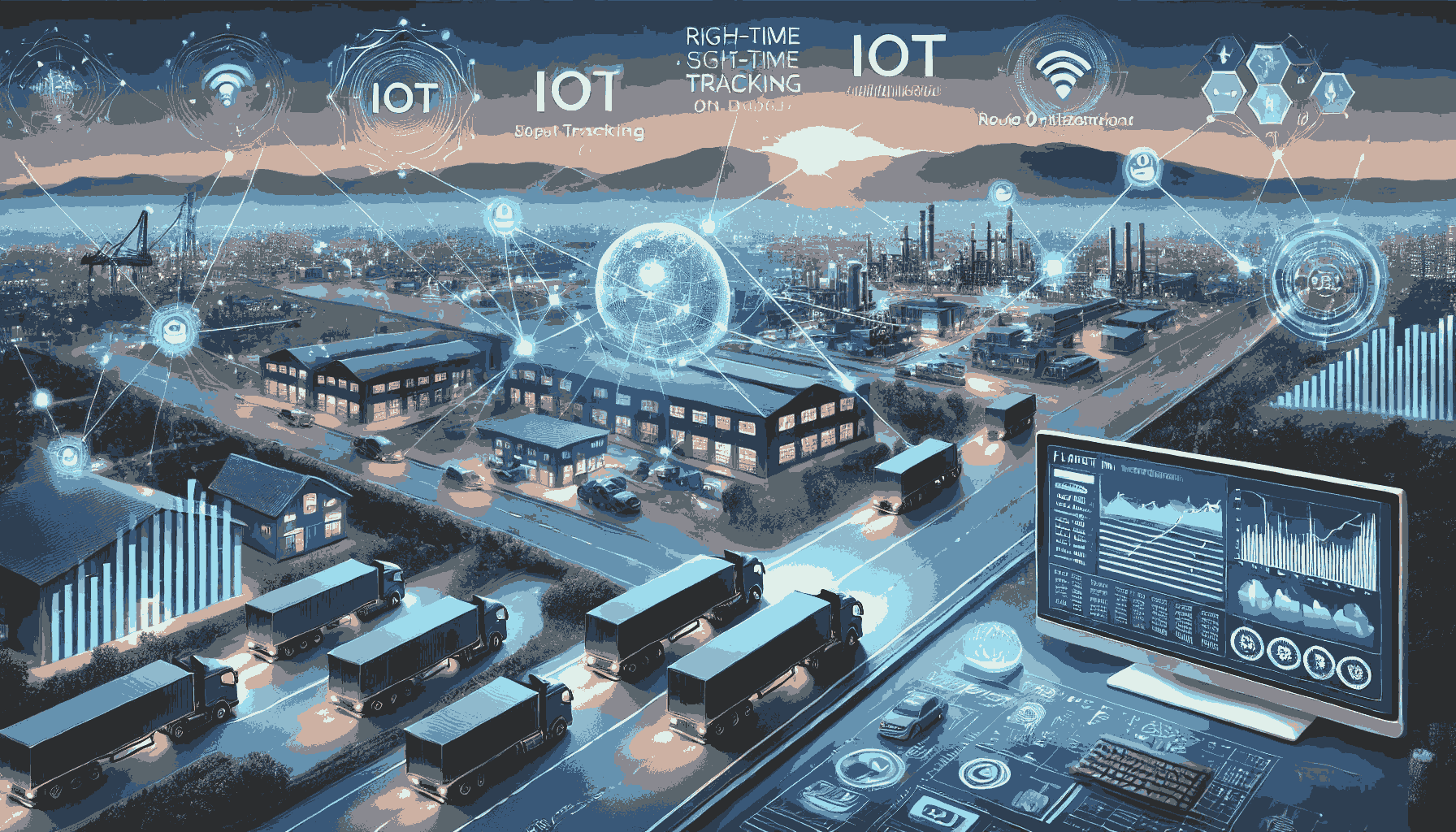
Conclusion
IoT is no longer just a futuristic concept; it’s a transformative force that is reshaping industries across the globe. Whether it’s optimizing manufacturing processes, enhancing patient care, or creating smarter cities, IoT is driving innovation and delivering measurable benefits. As businesses continue to embrace IoT technology, the role of IT development becomes increasingly important in ensuring that IoT systems are integrated seamlessly, scale effectively, and provide valuable insights.
In 2025 and beyond, IoT will continue to play a central role in the evolution of industries, enabling businesses to enhance operational efficiency, improve customer experiences, and unlock new growth opportunities. Companies that harness the power of IoT will be well-positioned to lead in a data-driven, connected world.
FAQs
IoT improves operational efficiency by providing real-time data on equipment performance, inventory levels, and resource usage. This data allows businesses to optimize processes, reduce waste, and make informed decisions to improve overall efficiency.
No, IoT is applicable to businesses of all sizes. Small and medium-sized enterprises (SMEs) can also leverage IoT to improve operations, enhance customer service, and reduce costs. The scalability of IoT solutions makes them accessible to companies across various industries.
While IoT provides many benefits, it also presents security challenges, such as vulnerabilities in connected devices and networks. It’s essential for businesses to implement robust security measures, including encryption, multi-factor authentication, and regular software updates, to mitigate these risks.
Businesses can start with IoT by identifying key processes that can benefit from IoT integration, such as asset tracking, equipment monitoring, or supply chain management. From there, they can work with IT professionals to select the right IoT solutions, sensors, and platforms that align with their business goals.
IoT is revolutionizing the way businesses operate, offering vast opportunities to optimize processes, enhance customer experiences, and unlock new revenue streams. By understanding the potential of IoT and implementing the right solutions, companies can stay ahead of the curve and thrive in an increasingly connected world.
